Dubai excels at vertical living, with glassy towers lining Downtown Dubai, Dubai Marina, Business Bay, and JBR, offering views that sell apartments and command premiums. But “which floor is best for an apartment” isn’t one-size-fits-all. Your choice affects daily comfort, price per sq. ft, rental yield, privacy, safety, and even elevator wait times. This guide breaks down everything that matters so you can match your floor level to your lifestyle and your investment goals.
Thinking about view-first living? Browse high-floor apartments for sale in Dubai and compare prices by tower.
- Why the Floor You Choose Really Matters in Dubai
- Views & Aesthetics
- Noise, Air & Light
- Accessibility, Elevators & Everyday Convenience
- Safety, Security & Compliance
- Price, Service Charges & Investment Value
- Lifestyle & Family Needs
- High Floor vs Low Floor: Quick Comparison
- Where Floor Really Matters in Dubai (By Area & Tower Type)
- Investment Lens: Floors, Rents & ROI
- Safety & Building Codes in Practice
- How to Choose the Right Floor (Decision Framework)
- Case-Style Picks: Who Belongs on Which Floor?
- Key Takeaways
- FAQs
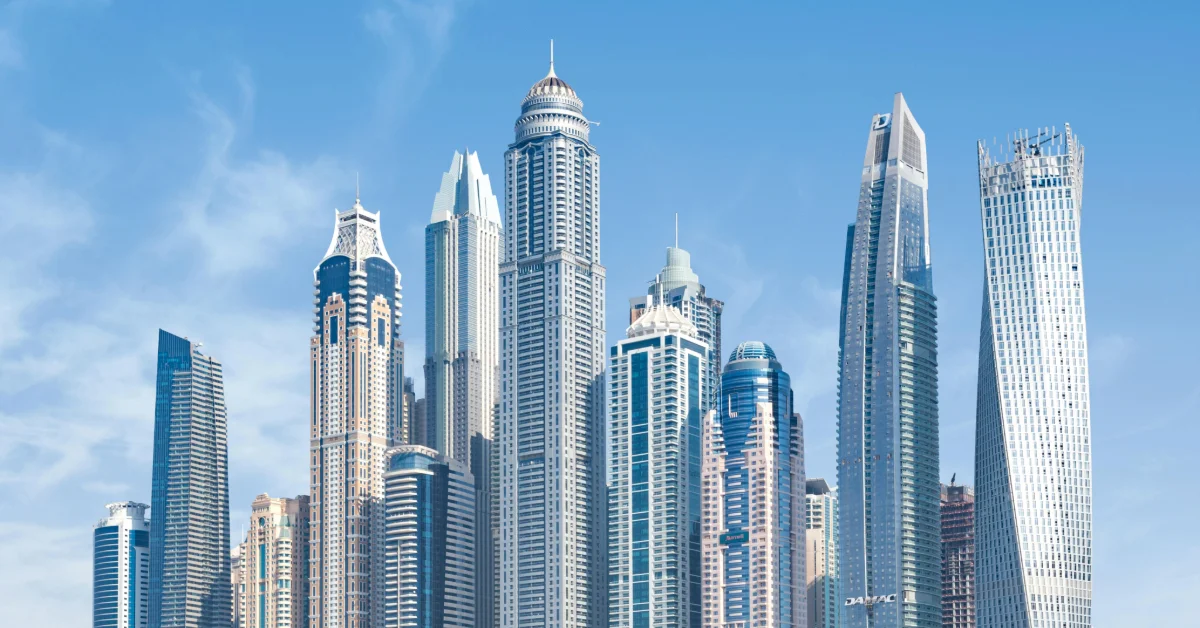
Why the Floor You Choose Really Matters in Dubai
Floor level determines far more than the view from your apartment. It affects noise levels, light exposure, ventilation, privacy, safety, and return on investment. Higher floors typically offer quieter environments and sweeping vistas, while lower floors bring day-to-day convenience and faster access to amenities. Each level has its own appeal depending on your priorities as a resident or investor.
Views & Aesthetics
What changes with height?
Higher floors in Downtown Dubai, Dubai Marina, and Business Bay command significant premiums thanks to landmark and waterfront views. Properties with Burj Khalifa or sea vistas can fetch 8–20% higher sale and rental prices than similar lower-floor units, according to Property Finder data.
- Downtown Dubai: An apartment on a high floor with views of Burj Khalifa and the Fountain outperforms in resale and short-term let appeal.
- Dubai Marina/JBR: Sea and skyline aspects drive nightly rates and yield for furnished units.
- Business Bay: Canal- and Burj-facing stacks command premiums; non-view stacks trade closer to mid-floor averages.
Tip: Use verified listings with actual photos and stackable maps to confirm orientation before making a purchase. You can filter by skyline or sea view directly on Property Finder.
Noise, Air & Light
Sound, air, and natural light all shift with elevation. Higher floors tend to offer cleaner air and quieter living, while lower levels keep you closer to city life and activity. Here’s how each height impacts your everyday comfort.
- Higher floors: Less street noise, fewer pests, and typically cleaner air. Wind exposure increases; sliding doors and façade seals matter.
- Lower floors: More ambient sound from streets, podium pools, and play areas—but often easier cross-ventilation in some towers.
- Middle floors (≈8–15 in many buildings): A practical blend—elevated outlooks without long elevator rides.
Accessibility, Elevators & Everyday Convenience
Floor level defines how effortlessly you move through your day — from reaching your car to running errands or walking the dog. Access, elevator design, and building layout all influence convenience. Here’s how the experience differs by level.
- Low-floor apartments: Fast to lobby, parking, deliveries, playgrounds, retail podiums. Great for prams, pets, and frequent in-and-outs.
- Mid-floor apartments: Often the sweet spot—reasonable wait times, decent views.
- High-floor apartments: Expect longer peak-hour waits; premium towers offset this with destination-control or more elevator banks
Tip: During viewings, time your elevator trips at peak (morning school run, post-work) and test service lifts (handy for moving/large deliveries).
Safety, Security & Compliance
Dubai’s towers comply with Dubai Civil Defence and RERA codes, including the installation of sprinklers, pressurised stairs, fire-rated doors, smoke control systems, and regular lift inspections.
- Lower floors: Faster egress in a drill; easier stair access if lifts are out.
- Higher floors: Rely more on building systems and emergency planning; benefit from privacy and reduced external visibility.
Checklist for buyers/tenants:
- Confirm annual safety certifications and lift maintenance logs with building management.
- Check for refuge floors in supertalls and back-up power for life-safety systems.
- Ask about 24/7 security, CCTV coverage, and access controls for your stack/floor.
Price, Service Charges & Investment Value
Floor level doesn’t just shape your view, it shapes your returns. Pricing, demand, and even service charges can vary significantly between lower, mid, and upper tiers. Understanding these differences helps buyers and investors gauge long-term value before making a move.
- Upper floors: Command premiums (especially landmark or water views). Service charges are usually per sq. ft, but some branded towers add concierge/clubhouse components that skew higher on premium tiers.
- Mid floors: Broadest buyer pool—popular with end-users and yield-focused landlords who want stability.
- Low floors: Value entry points for first-time buyers and larger families; terrace-style low floors can be sleeper hits if they include private gardens or big patios.
Lifestyle & Family Needs
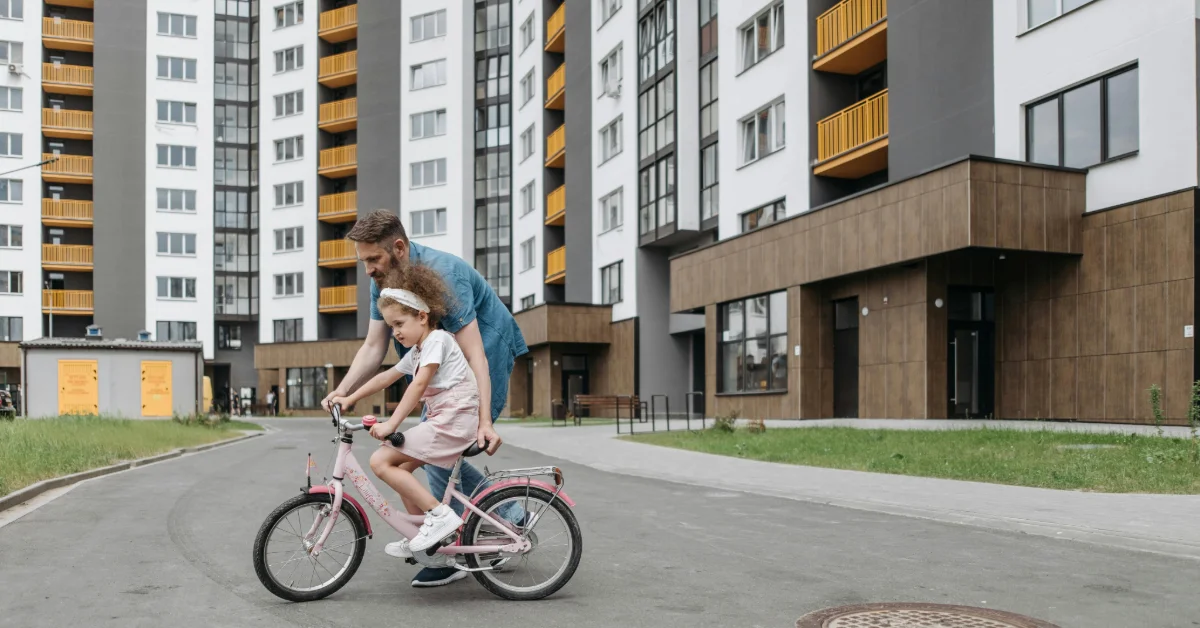
The right floor for your apartment often comes down to how you live your daily life. Family size, mobility, pets, and routine habits all influence which level of comfort feels most suitable. Here’s how different floors cater to various lifestyles in Dubai’s vertical communities.
- Great for high floors: Remote workers, couples, and executives who want quiet and views and don’t mind relying on the elevator.
- Great for low floors: Families with kids, elderly residents, people with mobility concerns, frequent dog walks, or anyone who wants to be in and out quickly.
- Great for mid floors: Most households want a balanced day-to-day experience.
High Floor vs Low Floor: Quick Comparison
Every floor comes with its own trade-offs, from the view outside your window to how long you’ll wait for the lift. This quick high-floor vs low-floor comparison highlights the main differences to help you decide which best fits your lifestyle and budget.
| Aspect | High Floor | Low Floor |
| Views | Panoramic, often a landmark or water | Limited; street/podium outlooks |
| Noise | Minimal street noise | Higher near traffic/podium play |
| Privacy | Greater | Lower (more visibility in) |
| Air quality | Better, fewer pests | More dust/pests at times |
| Price | Typically higher | More affordable |
| Access | Longer elevator waits | Faster lobby/parking access |
| Safety | Slower evacuation | Quicker stairs exit |
| Best for | Singles/couples, remote work, investors | Families, pets, and mobility ease |
Explore Properties For Sale in Dubai
-
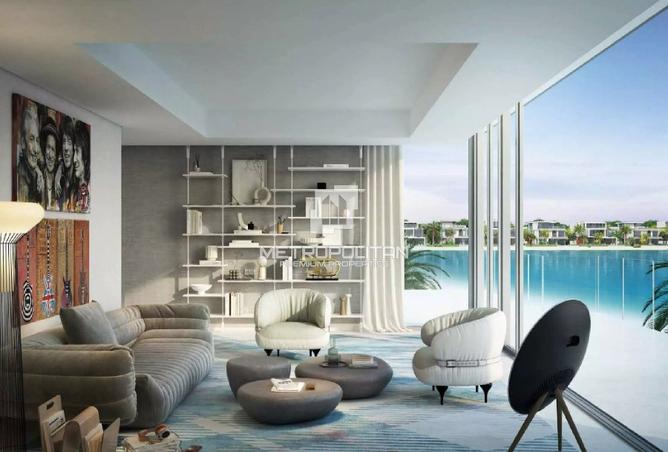
Villa
Listed 19 hours ago
21,390,000 AED
High Number | Sunset View | Multiple Options
Palm Jebel Ali - Frond C, Palm Jebel Ali, Dubai
6
7
7,570 sqft
-
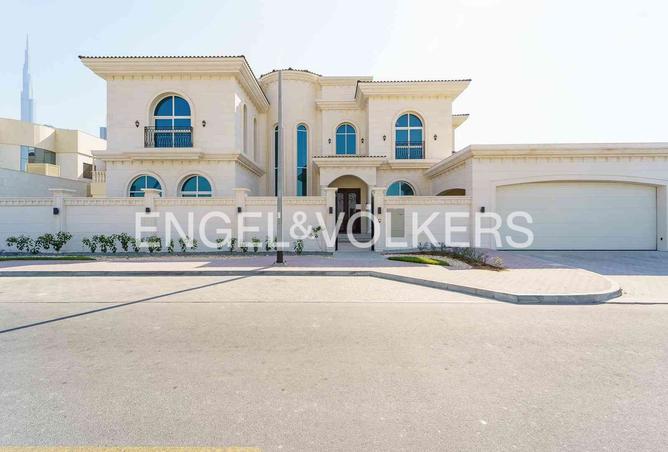
Villa
Listed 22 hours ago
63,000,000 AED
Brand New Luxury Villa | Spacious and Elegant
Al Wasl Villas, Al Wasl Road, Al Wasl, Dubai
7
7
10,703 sqft
-

Apartment
Listed 22 hours ago
22,999,999 AED
Luxurious | Half-Floor | Canal Views
Volante, Business Bay, Dubai
2
3
5,043 sqft
-
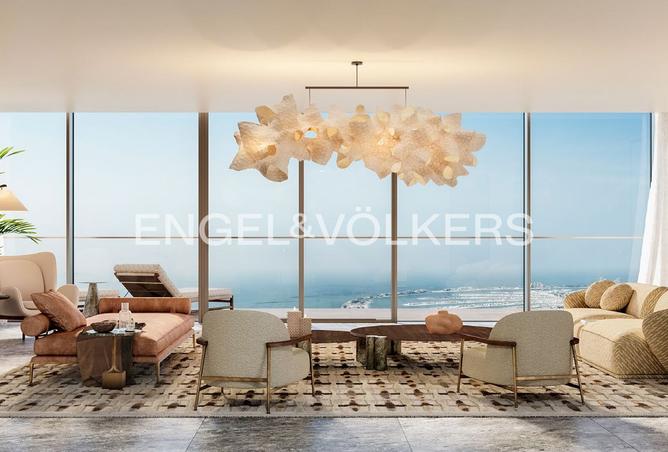
Apartment
Listed 22 hours ago
10,814,000 AED
Dubai Marina | Apartment | Prime Location
Six Senses Residences, Dubai Marina, Dubai
4
5
3,318 sqft
-

Villa
Listed 1 day ago
75,000,000 AED
Luxuriously Upgraded | 3-Story |Furnished
Garden Homes Frond D, Garden Homes, Palm Jumeirah, Dubai
6
7
7,338 sqft
-

Apartment
Listed 1 day ago
22,900,000 AED
Furnished | With Plunge Pool | Ultra Luxury
sensoria at Five Luxe, Jumeirah Beach Residence, Dubai
4
5
4,019 sqft
-
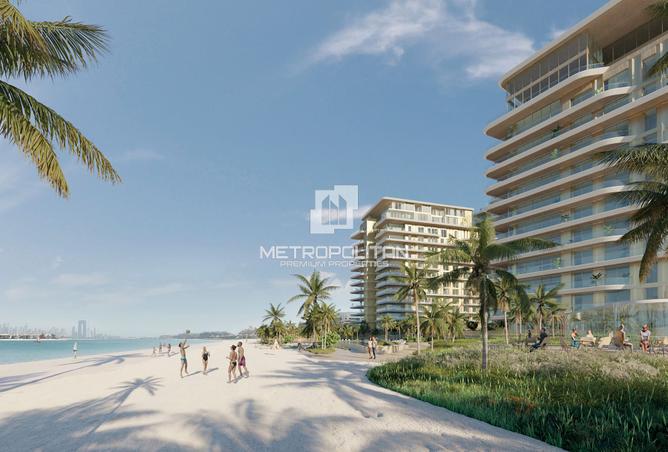
Penthouse
Listed 1 day ago
28,500,000 AED
Palm and Beach Views | Half Floor Penthouse
Serenia Living Tower 3, Serenia Living, Palm Jumeirah, Dubai
3
4
5,981 sqft
-
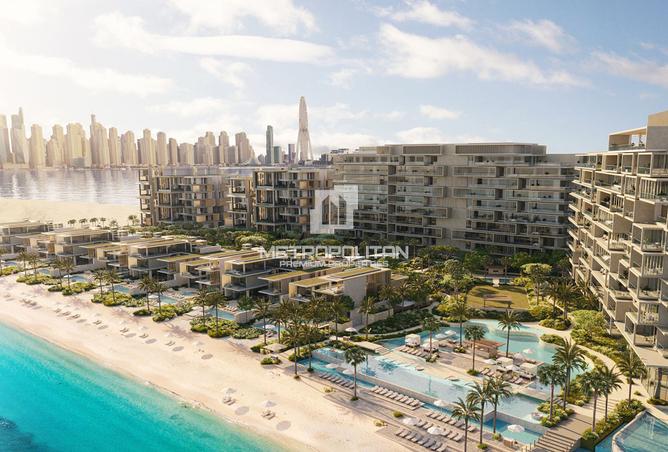
Apartment
Listed 1 day ago
29,000,000 AED
Full Palm and Ocean Views | Dual-Sided Penthouse
Six Senses Residences, Palm Jumeirah, Dubai
3
3
4,481 sqft
-
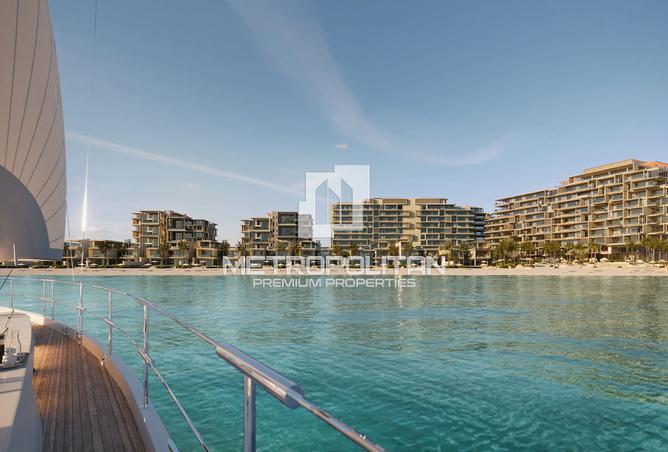
Apartment
Listed 1 day ago
33,500,000 AED
Full Palm Beach View | Best Deal On The Market
Six Senses Residences, Palm Jumeirah, Dubai
4
4
4,567 sqft
-
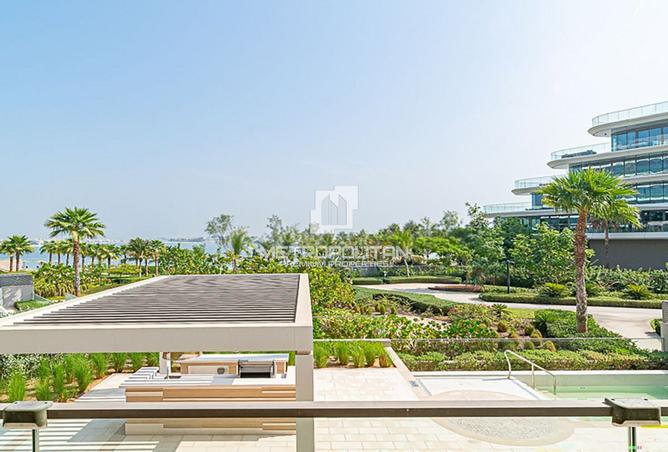
Apartment
Listed 1 day ago
36,000,000 AED
Palm and Beach View | Luxury Living | Furnished
Mansion 1, W Residences, Palm Jumeirah, Dubai
3
4
6,154 sqft
Where Floor Really Matters in Dubai

Not all towers in Dubai are created equal; the ideal floor for your apartment can vary widely by community, view corridor, and building design. From Downtown’s skyline panoramas to Marina’s waterfront towers, here’s how floor level influences comfort, value, and livability across the city’s most popular neighbourhoods.
Downtown Dubai
Upper floors facing the Burj Khalifa, fountains, or the entire skyline fetch premiums and outperform on short-term lets. Branded residences with sky lounges (e.g., Address) see strong demand for high floors.
Dubai Marina & JBR
Sea/Marina views are rental gold. Higher floors reduce road noise and spillover from nightlife; corner stacks with wrap-around balconies are especially liquid on the resale market.
Business Bay
Canal+ Burj aspects retain value; mid floors strike a balance between commute convenience and price. Newer towers with destination-control elevators improve high-floor livability.
Palm Jumeirah (trunk & crescent)
Mid- to high-floor units command views of the Gulf skyline or Atlantis. In branded houses, the upper tiers are linked to premium amenities.
Dubai Hills Estate, JLT
Mid floors (≈8–15) are frequently cited as the practical sweet spot—family amenities nearby, plus decent vistas.
Investment Lens: Floors, Rents & ROI
Apartments on high floors can achieve rent premiums of 15–20% in luxury towers compared to like-for-like lower stacks, with absorption driven by corporate tenants and view-hungry short-term demand.
Illustrative example (3 tiers in a prime Marina tower):
- 1st–5th floors: From ~AED 85k/year
- 6th–15th floors: From ~AED 100k/year
- 16th+ floors: From ~AED 120k/year
Why mid floors perform steadily
- Broadest pool of tenants (families + professionals).
- Balanced service charges and elevator experience.
- Attractive to mortgage buyers, managing the total cost of ownership.
Landlord tips
- Photograph the actual view from the balcony; it sells the listing.
- Mention decibel readings or glazing upgrades if you’re near lively zones.
- For furnished units, stage the window line and add day-night photography.
Safety & Building Codes in Practice
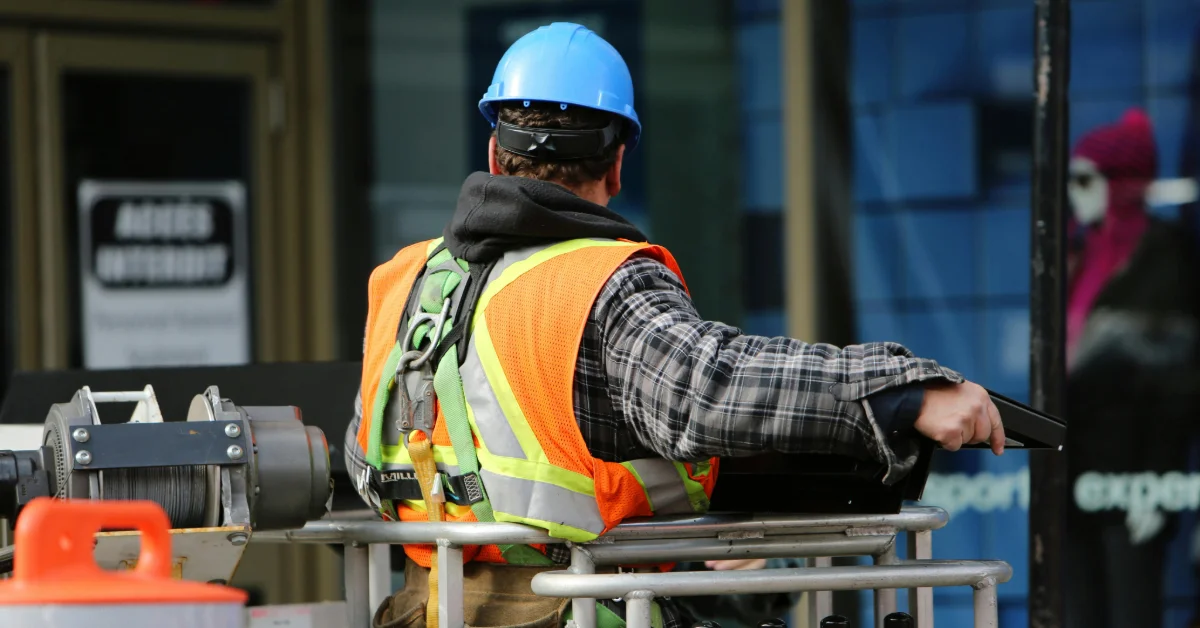
Dubai enforces stringent UAE Fire & Life Safety Code standards and RERA oversight:
- Systems: Sprinklers, smoke detection, pressurised stairwells, refuge areas on supertalls, and backup power for life safety.
- Elevators: Mandatory inspections; destination-control in premium high-rises to reduce wait times.
- Operations: Annual certifications; 24/7 security & CCTV standard in Grade-A towers.
What you can check as a buyer/tenant
- Year of completion and last MEP refurbishment.
- Elevator count per core; ratio to apartments per floor.
- Presence of service lifts and refuge floors.
- Building’s emergency drill policy.
How to Choose the Right Floor (Decision Framework)
Finding your ideal apartment floor isn’t guesswork — it’s about balancing lifestyle, comfort, and long-term value. Use this quick decision framework to narrow down your options like a pro:
1. Rank your must-haves
Is your priority the view, the quiet, the elevator speed, or the budget? Knowing what matters most will guide every other choice.
2. Shortlist 2–3 buildings per area
Use Property Finder filters to refine by view type, balcony size, parking availability, and pet-friendly policies.
3. Test the vertical commute
Visit at peak times to gauge elevator wait times, lobby traffic flow, and parking exit availability — especially if you plan to live there full-time.
4. Stand at the glass
Check real light, glare, and privacy from the windows. Look down to assess podium noise and up to see how exposed you’ll be to neighbouring balconies.
5. Run the numbers
Compare service charges, mortgage payments, and potential rent yields. The right floor should make both lifestyle and financial sense.
6. Think five years ahead
Will your family grow? Will hybrid work or schooling change how often you use shared amenities or elevators?
Case-Style Picks: Who Belongs on Which Floor?
Different lifestyles thrive on various levels. Whether you’re working from home, raising a family, or investing for yield, the right floor can make daily life smoother and your purchase brighter. Here’s how to match your priorities to the level that fits best.
- Remote worker or light sleeper: High or mid floor on a quiet stack; verify glazing.
- Parents with toddlers or elderly relatives: Consider low- or mid-floor accommodations near lifts and podium play areas.
- Pet owners: Low floors for quick outdoor access; ground-level or terrace units are underrated.
- Yield-focused landlord: High floors with verified views in Downtown, Marina, or Business Bay; mid floors for the broadest demand and lower vacancy risk.
- Value-driven end user: Low- to mid-floor units in JLT, Dubai Hills Estate, or Al Furjan often offer space and convenience at more affordable entry prices.
Key Takeaways
Apartment floor choice in Dubai’s high-rises is a trade-off between views, noise, access, safety, and price. High floors offer breathtaking vistas, quieter living, and higher premiums (which are significant for investors and remote workers).
Low floors excel at convenience, family practicality, mobility ease, and pet life, and they’re usually more affordable. Mid floors (≈approximately 8–15) often strike the best balance, retaining strong buyer demand while keeping elevator wait times manageable.
Decide by lifestyle first, then validate with numbers (service charges, yields, resale comps) and building tech (elevators, glazing, refuge floors). The correct answer is the floor that matches how you live, and how you want your investment to perform.
FAQs
Lower or mid floors: They shorten every trip (school runs, grocery runs, walks) and make emergency egress simpler.
Generally, yes, especially with landmark or water views. Limited supply and stronger demand result in higher rents and resale prices.
Higher floors reduce traffic noise and dust; lower floors can hear podium activity, but are often fine if the stack faces landscaped courtyards.
All towers must meet RERA/DCD standards. Evacuation time is naturally longer at higher levels, so verify refuge floors, pressurised stairs, and drill frequency.
High floors with verified views in prime towers often command higher rents; mid floors, on the other hand, provide the most stable resale demand at balanced prices.
Try mid-floor units with framed views (not sheer glass corners) or low-floor units with courtyard or pool outlooks.



